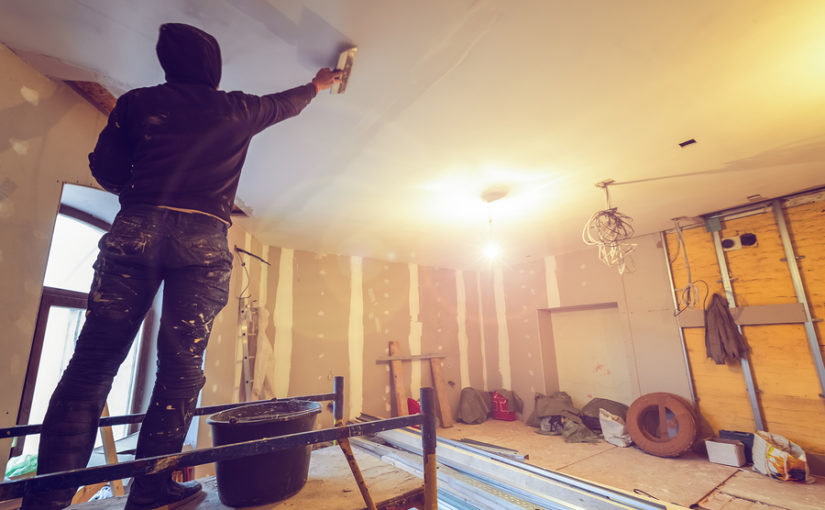April is National Home Improvement Month and to mark the occasion, NAEA Propertymark published figures showing the average homeowner has spent £8,000 on their property in the past five years, a total of £48 billion nationwide.
Nearly a quarter said they did so as an investment while nearly one in five deliberately bought a ‘fixer-upper’ property to renovate – so what are the best ways to add value by home improvements?
Here are some of the top tips to add value using home improvements, according to NAEA Propertymark.
Best practice for home improvements
First of all, there are a couple of rules of thumb when it comes to best practice for home improvements, including:
- Keep your colour scheme neutral if you want the most resale value.
- Low-cost DIY can still make a good return, e.g. a simple fresh paint job.
- For a good first impression, focus on ‘kerb appeal’ e.g. a new front door.
This last point extends to the gardens too, especially if you have a front garden, so although it’s not really a house improvement, make sure you give the garden a tidy up and trim back any excess growth that’s blocking the view or shutting out sunlight.
What people want
There’s no single rule for what people want – for example, open-plan living is popular, but people still want the option of some privacy too.
Because of this, if you are knocking walls down, you might want to make an open-plan kitchen-diner for family time, but keep a separate lounge where mum and dad can shut themselves away in the evenings.
Modernising
Many home improvements are about modernising existing space, especially in the rooms that have specific uses, like the kitchen and bathroom.
In the bathroom, you might be able to simply re-grout and replace old shower curtains and bath seals to get rid of any evidence of mildew.
Replacement tap fittings can create a more modern look too. In the kitchen, new taps on the sink and new handles on cupboards and doors can achieve the same effect at low cost.
Creating space
One in eight homeowners said their house improvement was inspired by wanting more space, and while these kinds of projects tend to cost more, they also add more value.
A loft conversion is one option – this might involve installing a new staircase or dormer windows and skylights to make the new room feel more habitable.
There are other ways to create space, including basement conversions, garage conversions and over-garage extensions, single and double-storey extensions to the side or back of the house, and lean-to conservatories.
Safe and sound
More than half (55%) of householders said their house improvements were to improve the look of their home, but ‘invisible’ improvements can add value too.
Double glazing can help make homes quieter on main roads, while retaining heat and cutting energy bills.
Loft insulation and cavity wall insulation can also help to keep homes warmer and make them feel more cosy, and should be a welcome addition by any savvy buyer in the future.
Getting the right skip for your renovation
Of course, no matter what kind of renovation you go for, the likelihood is that you’ll need to hire a skip.
You can find out about what kind of things you can put in a Forge Skip here.
Otherwise, contact us today if you want to know more about hiring a skip for your home renovation.
